Bananas are a vital part of the global agricultural landscape. Not only are they one of the most widely consumed fruits worldwide, but they also form the economic backbone for millions of small farmers and agricultural workers across tropical and subtropical regions. The global banana industry is geographically diverse, with major producers spread across Asia, Africa, South America, Central America, and Oceania. Each continent contributes significantly to global production, driven by local climate, soil fertility, labor capacity, and export infrastructure.
This article explores the top banana producers by continent, highlighting key countries, production statistics, and the unique factors that influence banana farming in each region.
1. Asia: The Powerhouse of Banana Production
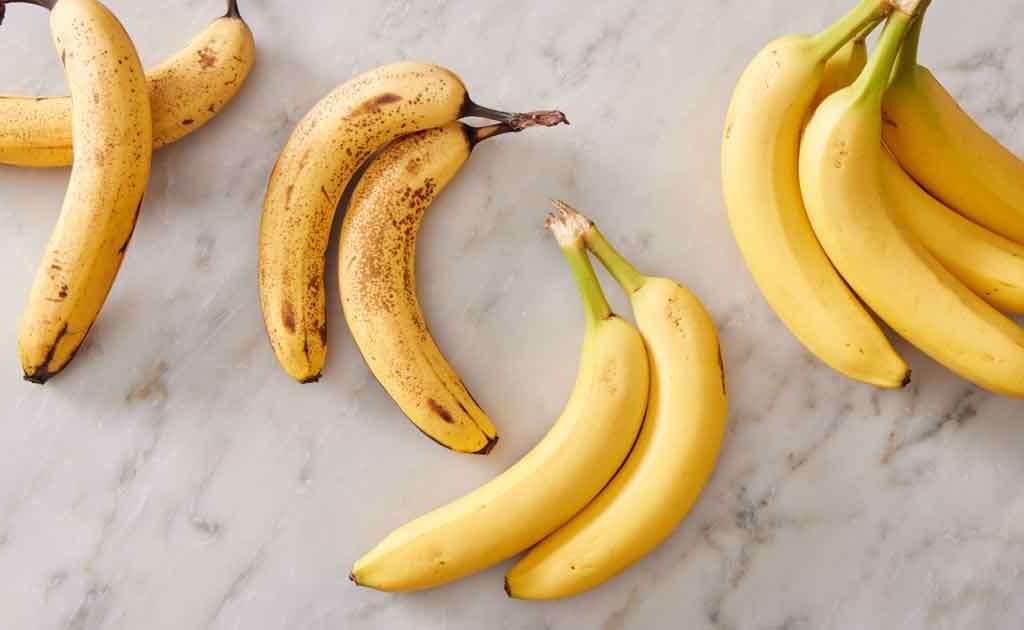
Asia leads the world in banana production, accounting for nearly 55% of global output. The continent’s vast tropical zones, rich soils, and cultural preference for bananas contribute to its dominance.
Top Producers in Asia
India
- Annual Production: ~30 million metric tons
- Global Rank: #1
- Main Regions: Tamil Nadu, Maharashtra, Andhra Pradesh, Gujarat
India is the largest banana producer globally, responsible for more than 25% of the world’s banana output. However, nearly all bananas grown in India are consumed domestically. Indian farmers grow a variety of cultivars like Robusta, Dwarf Cavendish, Nendran, and Rasthali. Despite high volumes, India’s export contribution is limited due to quality standards and logistics.
China
- Annual Production: ~12 million metric tons
- Main Regions: Guangdong, Yunnan, Hainan
China is the second-largest producer in Asia, focusing heavily on domestic demand. High-tech greenhouse cultivation and regional research institutions help boost yields. Banana consumption has surged in urban areas, contributing to strong internal markets.
Philippines
- Annual Production: ~6 million metric tons
- Main Export Markets: Japan, China, Middle East
Unlike India and China, the Philippines grows bananas primarily for export, especially the Cavendish variety. The industry is concentrated in Mindanao, where climate and infrastructure support commercial plantations. The country is Asia’s top banana exporter.
2. Africa: Emerging Giant in Banana Cultivation
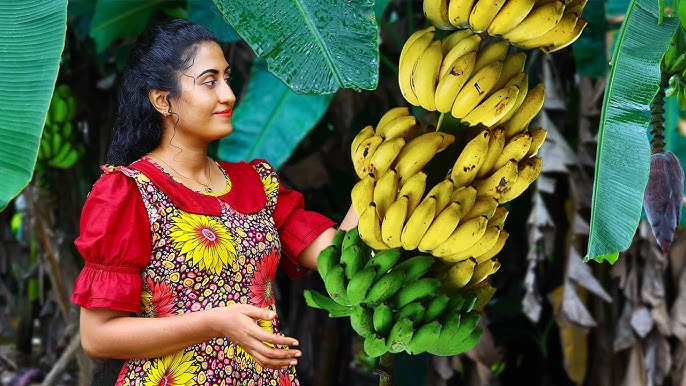
Africa contributes about 20% of global banana production. Unlike Asia and Latin America, many African nations grow bananas not just for export but as staple food crops, especially plantains.
Top Producers in Africa
Uganda
- Annual Production: ~9 million metric tons
- Main Varieties: East African Highland Bananas (matooke)
Uganda is the largest producer in Africa and one of the top globally. Bananas are a daily dietary staple in Ugandan households. Most production is small-scale and for local consumption. Export potential is underdeveloped due to infrastructure constraints.
Tanzania
- Annual Production: ~3 million metric tons
- Growing Regions: Kilimanjaro, Mbeya, Kagera
Tanzania is a major producer of both sweet bananas and plantains. Like Uganda, production is largely for local use, though the country has begun exploring regional trade routes to improve exports.
Côte d’Ivoire (Ivory Coast)
- Annual Production: ~500,000 metric tons
- Main Export Market: European Union
Côte d’Ivoire is Africa’s top banana exporter, supplying premium bananas to Europe. With support from international trade partnerships and sustainability certifications, the country is poised for growth in the export sector.
3. South America: Dominating the Export Market
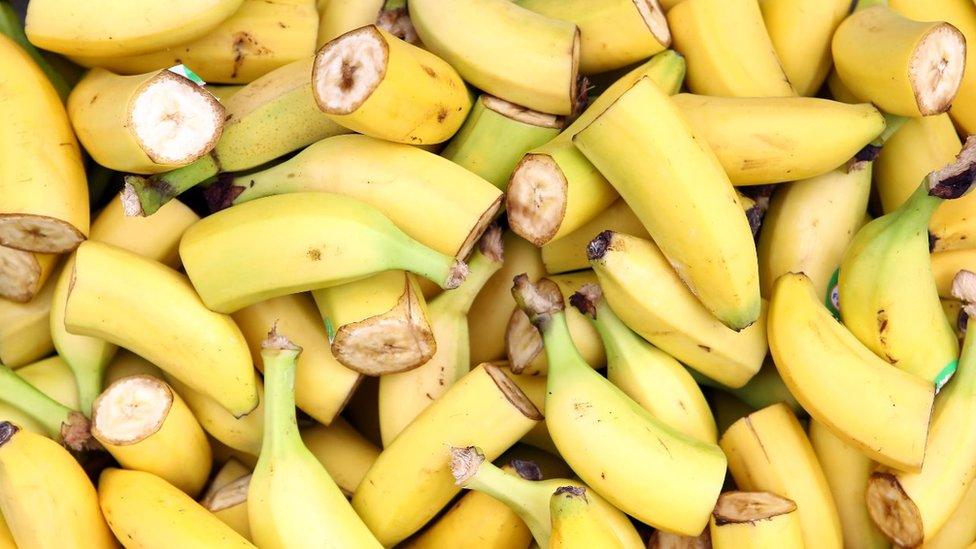
While South America doesn’t lead in total production volume, it dominates global banana exports, thanks to its large-scale commercial plantations and strategic port access.
Top Producers in South America
Brazil
- Annual Production: ~7 million metric tons
- Key Regions: São Paulo, Bahia, Santa Catarina
Brazil is South America’s largest banana producer, primarily for domestic consumption. The country grows a mix of apple bananas, silver bananas, and plantains. Export levels are modest, but organic and niche markets are growing.
Ecuador
- Annual Production: ~6.5 million metric tons
- Main Export Markets: EU, Russia, U.S., Middle East
Ecuador is the world’s leading banana exporter. More than 90% of its production is destined for international markets. The country benefits from perfect growing conditions, modern logistics, and long-standing trade agreements. Guayas and El Oro are the most productive banana zones.
Colombia
- Annual Production: ~3.3 million metric tons
- Main Export Markets: Europe, U.S.
Colombia’s banana industry is both efficient and export-focused. While its overall production is lower than Brazil, its infrastructure and high standards have made it a preferred supplier to European markets.
4. Central America: Export-Focused Banana Farming
Central America is home to some of the most export-focused banana economies in the world, where banana farming is dominated by multinational corporations.
Top Producers in Central America
Guatemala
- Annual Production: ~3.5 million metric tons
- Main Export Markets: U.S., Europe
Guatemala ranks among the top banana exporters. It is a crucial supplier for the U.S. and has seen consistent growth in export volume. However, the sector is often criticized for labor issues and monopolistic practices by multinational firms.
Honduras
- Annual Production: ~1 million metric tons
- Main Export Markets: U.S., Europe
Honduras is another major exporter, with a history deeply tied to banana production. The country faces challenges like hurricanes and disease outbreaks but remains competitive thanks to port access and international partnerships.
Costa Rica
- Annual Production: ~2.5 million metric tons
- Main Export Markets: U.S., EU
Costa Rica is well-known for its commitment to sustainable and ethical banana farming. Many of its bananas are Rainforest Alliance-certified, appealing to eco-conscious markets. The country’s well-developed supply chains support high-volume exports.
5. Oceania: Small in Size, Strong in Quality
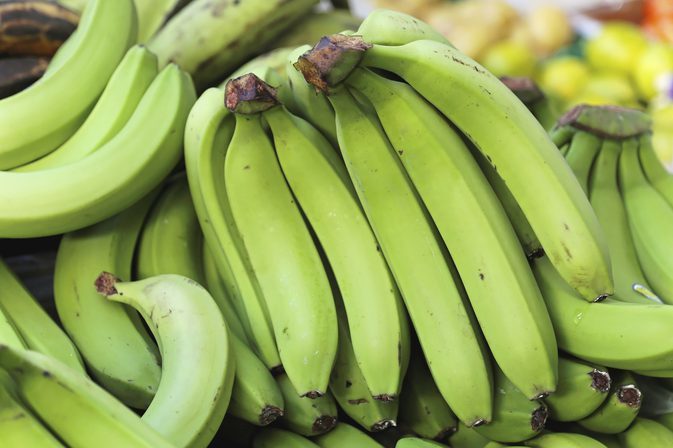
Oceania plays a minor role in global banana production due to its smaller size and limited tropical landmass. However, countries like Australia produce high-quality bananas for domestic markets.
Top Producers in Oceania
Australia
- Annual Production: ~300,000 metric tons
- Main Region: Queensland
Australia grows mostly Cavendish bananas under strict quality and biosecurity standards. Although the country doesn’t export much, its bananas are known for their quality. Australia’s industry faces high production costs and must compete with imports in Pacific trade.
Papua New Guinea
- Annual Production: ~1 million metric tons
- Use: Mostly local and subsistence farming
In Papua New Guinea, bananas are a vital staple food. Cultivation is largely traditional, with little commercial infrastructure. However, potential exists for regional trade if investment improves.
6. Factors Driving Banana Production Across Continents
Several key elements determine how well each continent performs in banana production:
- Climate and Rainfall – Tropical and subtropical climates with adequate rainfall support year-round cultivation.
- Soil Fertility – Nutrient-rich and well-drained soils are essential.
- Labor Availability – Banana farming is labor-intensive, favoring regions with abundant low-cost labor.
- Infrastructure and Ports – Efficient logistics are critical for countries involved in export.
- Disease Management – Panama disease, Black Sigatoka, and pests must be actively managed to ensure sustainable yields.
- Government Support – Subsidies, research, and access to global markets help improve output and quality.
7. Challenges Across Continents
Despite global success, banana producers on every continent face similar threats:
- Climate Change: Unpredictable rainfall, heatwaves, and storms impact yield.
- Fungal Diseases: Panama TR4 is a looming threat to the dominant Cavendish variety.
- Soil Degradation: Continuous cultivation and overuse of chemicals degrade soil health.
- Market Volatility: Prices fluctuate due to oversupply or trade restrictions.
- Export Barriers: Smaller nations struggle with cold chain logistics and trade access.
8. Conclusion
Bananas are truly a global fruit, grown across continents but under very different conditions and strategies. While Asia, led by India and China, tops the charts in production volume, Latin America, particularly Ecuador and Colombia, dominates global exports. Africa offers vast potential with countries like Uganda and Côte d’Ivoire making impressive strides, while Central America continues to supply much of the Western world. Even Oceania, though limited in volume, contributes to domestic stability and regional nutrition.
Understanding the top banana producers by continent reveals the diversity, complexity, and interconnectedness of the global banana economy. With changing climates and increasing demand, producers must embrace innovation and sustainability to ensure that this iconic fruit continues to thrive for generations to come.


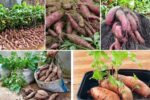



Leave A Comment